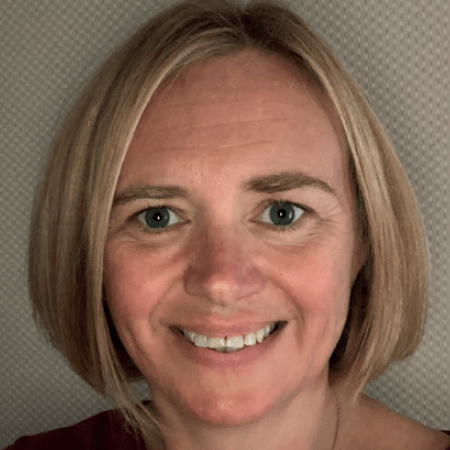Lesson plan, vocabulary sheet and worksheet
KS2
Years 3-6
Use the Spanish version of George’s Marvellous Medicine to write your own wacky recipes in this KS2 lesson plan…
Using a favourite story in another language is a great way of exposing young learners to longer texts.
Stories are a familiar, non-threatening form for children, and by using a tale that is already known in the child’s native language, the possible panic of not knowing every word is avoided and learners are freed to appreciate the patterns and sounds of the language of instruction.
Roald Dahl’s takes have been translated into 58 languages and this lesson focuses on the Spanish version of George’s Marvellous Medicine but could easily be adapted.
Spanish KS2 learning objectives
- Listen to and follow a chapter of a book in Spanish
- Read aloud, using phonic knowledge and rhyme
- Demonstrate understanding by ordering a text
- Write a short instructional text in Spanish
This download contains:
- Lesson plan
- Spanish ‘Marvellous Medicine’ recipe and English translation
- Three Spanish vocabulary sheets featuring verbs, quantities and ingredients, with English translations
Starter activity
Start off by presenting learners with a number of Roald Dahl book titles in Spanish (or another language of your choice – Dahl has been translated into 58 languages, including German, French and Italian).
Ask the children if they can work out who is the author is and identify any of the titles. Discuss how they worked this out, eg by recognising the names of the characters.
Extend this activity by asking pupils to find certain words such as ‘peach’. Discuss how adjectives go after the noun in Spanish.
Lisa Stevens is a primary languages educator and teaches at two Birmingham primaries. She has consulted on various projects, including the BBC Schools Radio series ¡Mi Madrid! for KS2 Spanish learners. Browse more Roald Dahl Day resources.











